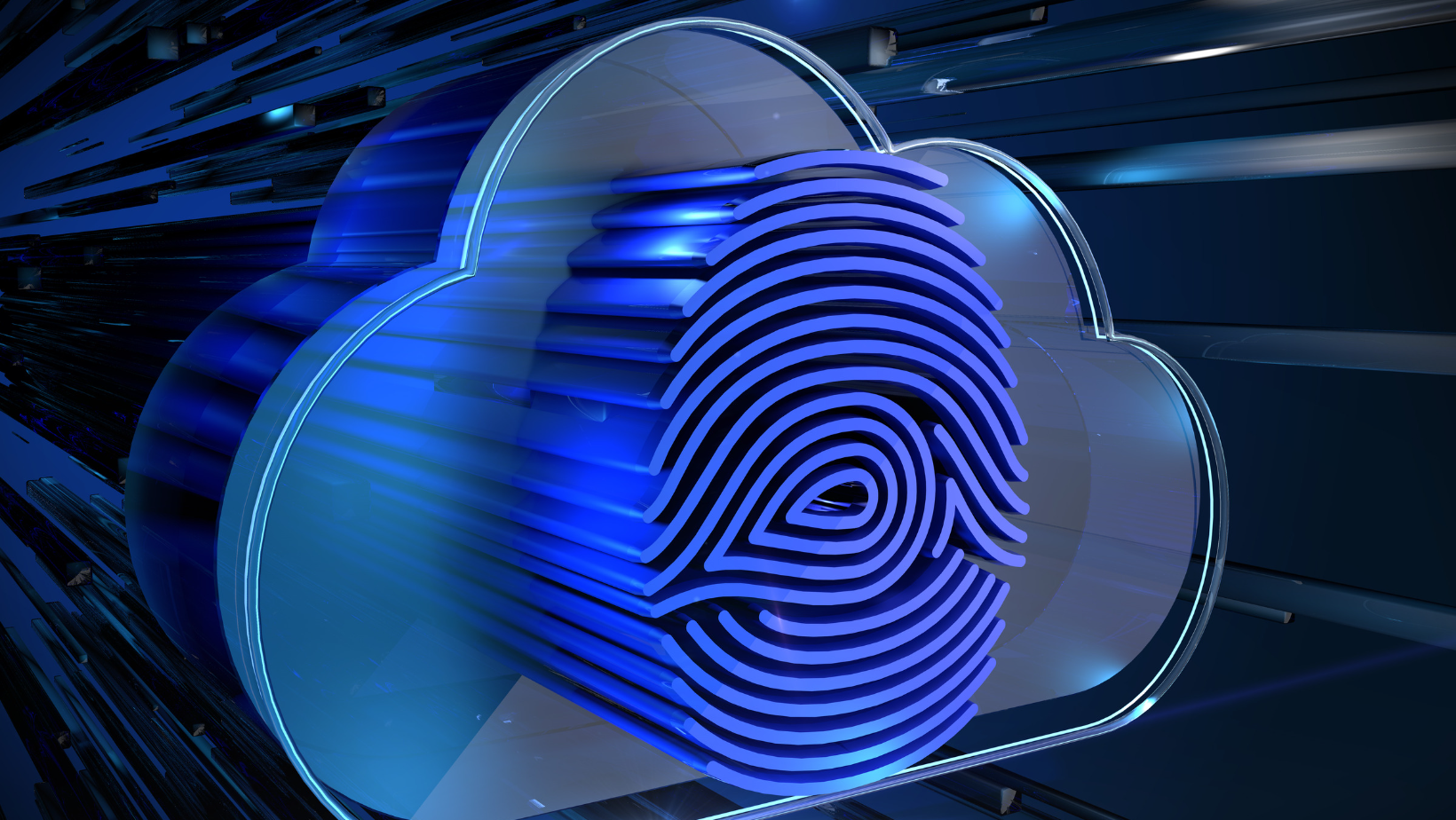 |
| Securing Your Data: Best Practices for Cloud Security in Cybersecurity |
The cloud has become an essential tool for businesses and organizations, offering a range of benefits such as cost savings, scalability, and increased mobility. However, it also presents new cybersecurity challenges. In this article, we will discuss the key aspects of cloud security and the best practices for ensuring that your data is protected in the cloud.
One of the key aspects of cloud security is data encryption. Encrypting data ensures that it is protected and unreadable to anyone without the decryption key. Data encryption should be applied both in transit and at rest, this will protect data when it's being transmitted over the internet or stored on a cloud server.
Another important aspect of cloud security is access management. This includes the authentication and authorization of users and devices that access the cloud. It's important to use multi-factor authentication, unique and strong passwords, and to monitor and audit access to cloud resources. This will help to prevent unauthorized access and use of sensitive information.
A best practice for cloud security is to use a cloud service provider that provides a high level of security and compliance. This includes compliance with industry standards, such as SOC 2 and ISO 27001, as well as the ability to customize security settings and controls to meet the specific needs of your organization.
It's also essential to have a disaster recovery and business continuity plan in place. This plan should include procedures for how to recover from a data loss or a security incident and should ensure that the organization can quickly resume normal operations. Additionally, it's important to regularly test the plan and update it as needed to ensure its effectiveness.
Another important aspect of cloud security is to monitor your cloud environment for any unusual activity or potential threats. This includes monitoring for suspicious user activity, such as unauthorized access attempts, and for signs of malware or other malicious activity.
In conclusion, cloud security is a crucial aspect of cybersecurity as more and more organizations rely on cloud infrastructure to store and manage sensitive data. Implementing effective measures such as data encryption, access management, using secure cloud service providers, having a disaster recovery and business continuity plan, and monitoring for potential threats are all important steps in safeguarding your data in the cloud. It's essential to stay informed about the latest cloud security trends and best practices to ensure the protection of your organization's data and systems in the cloud.
